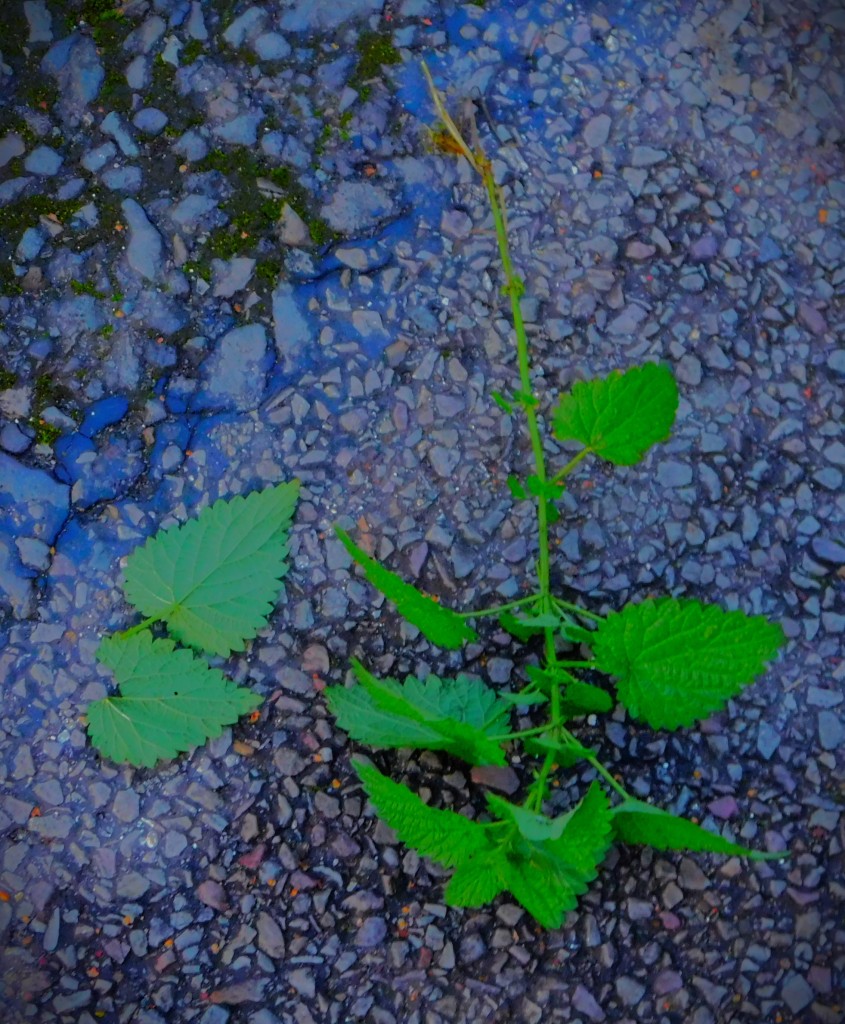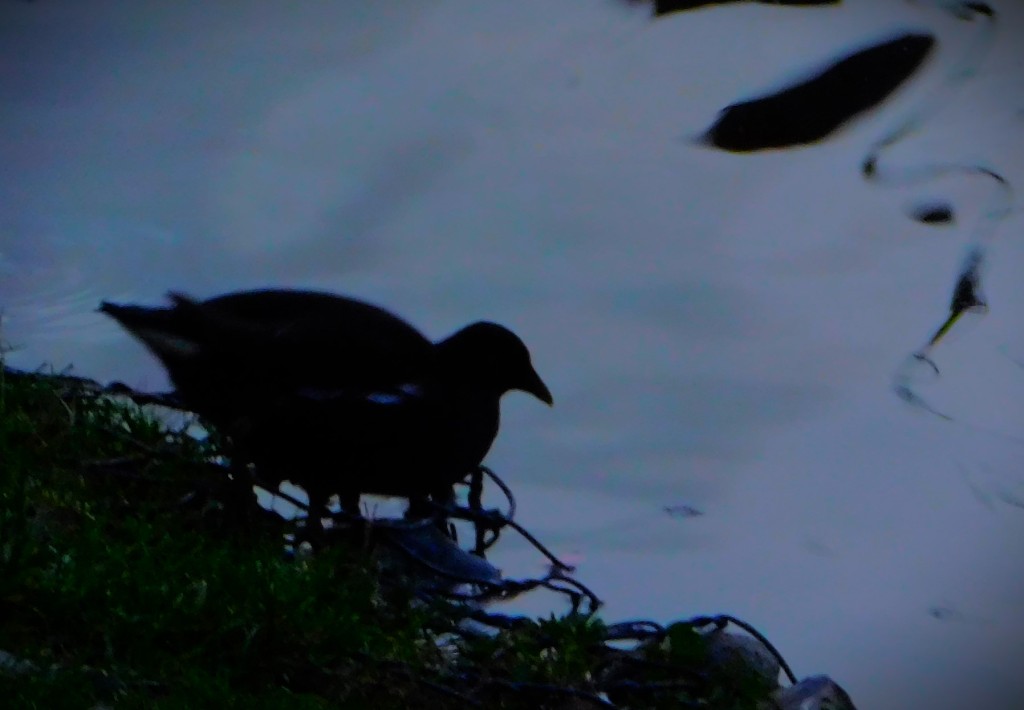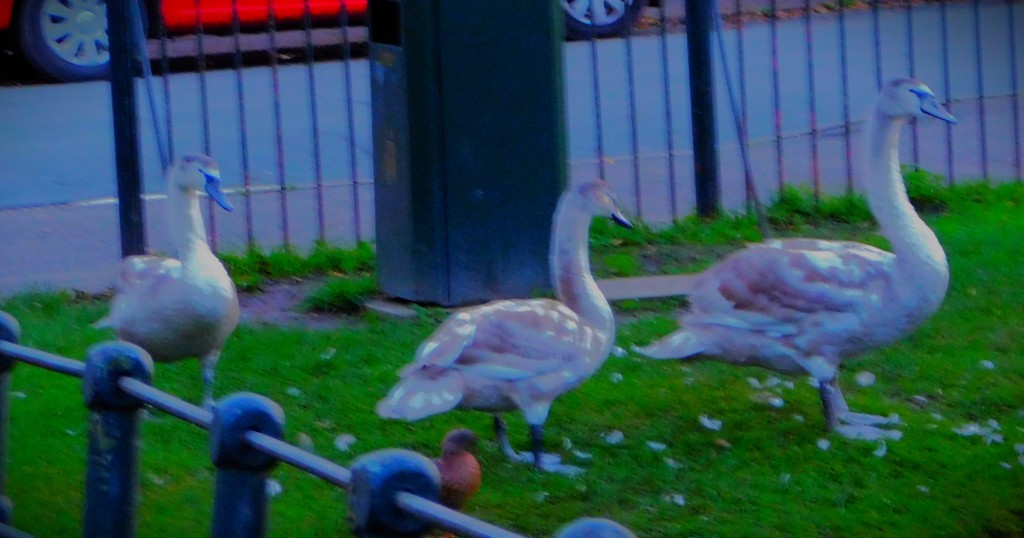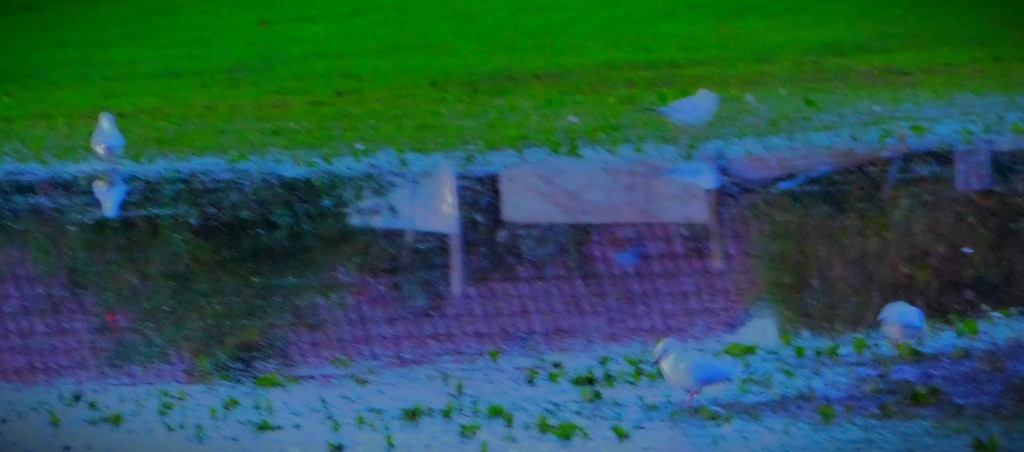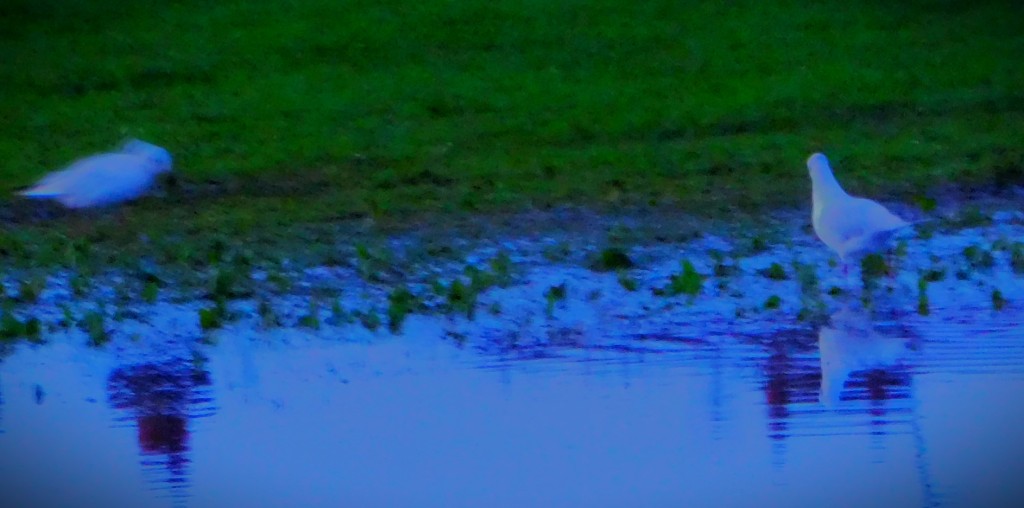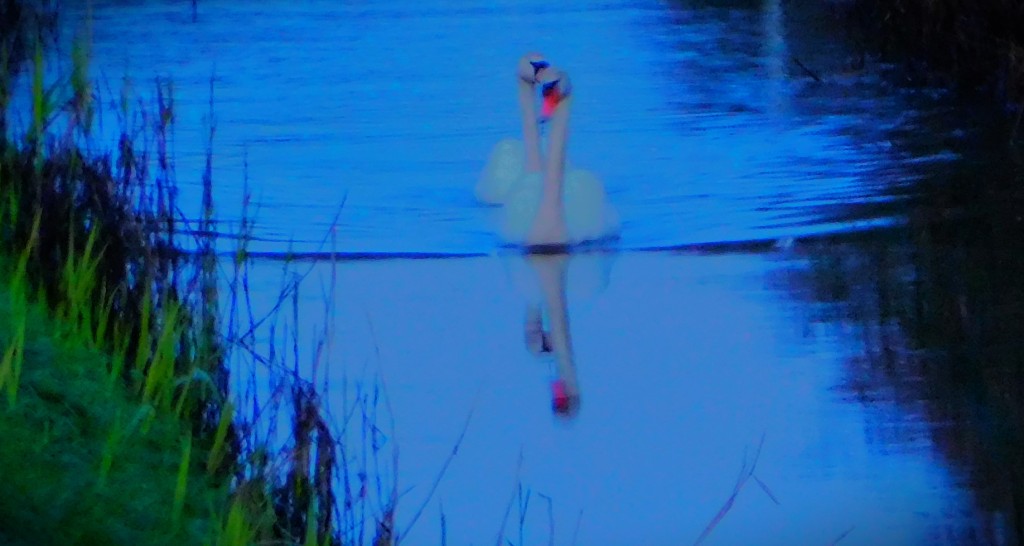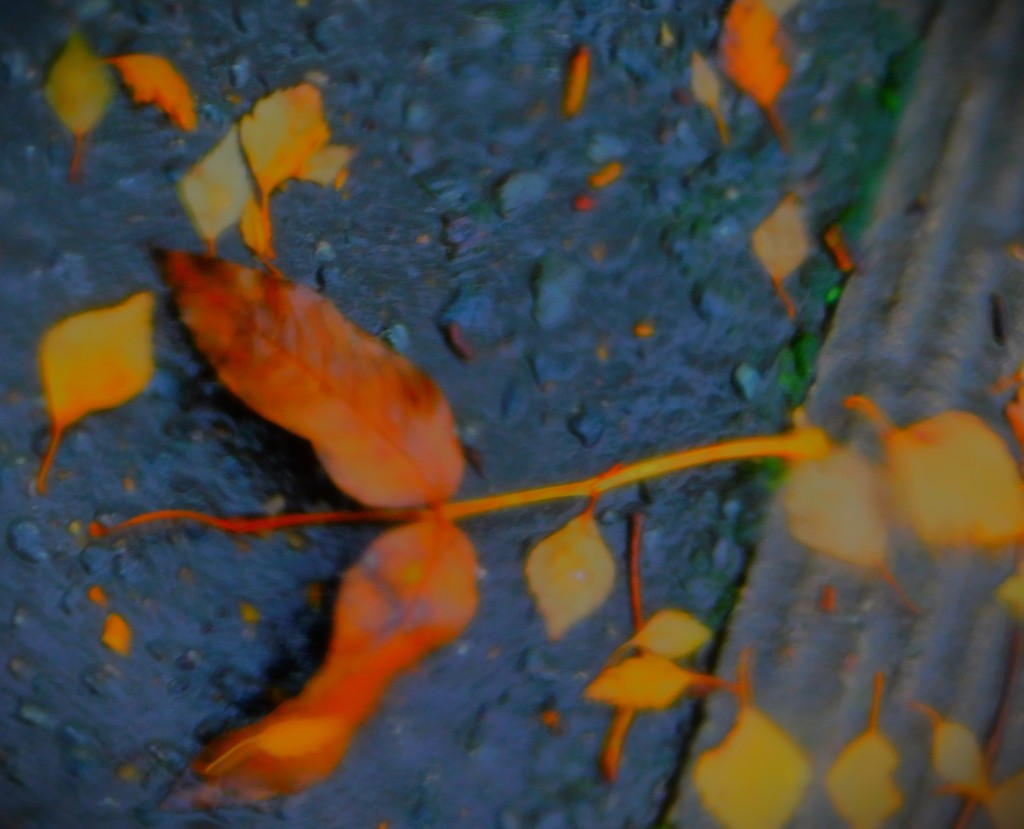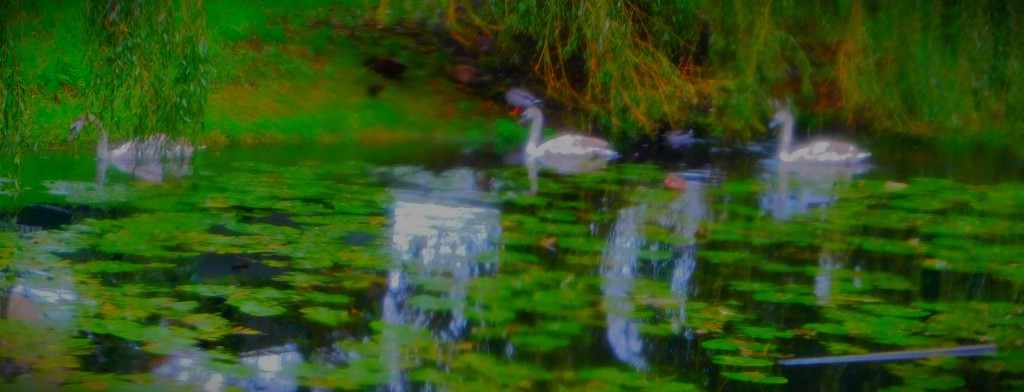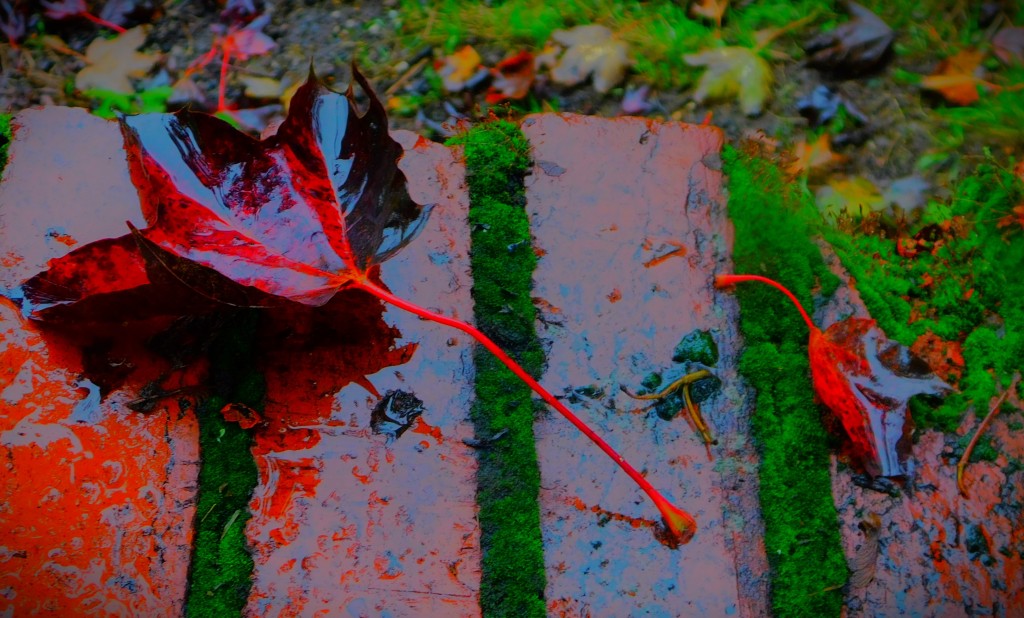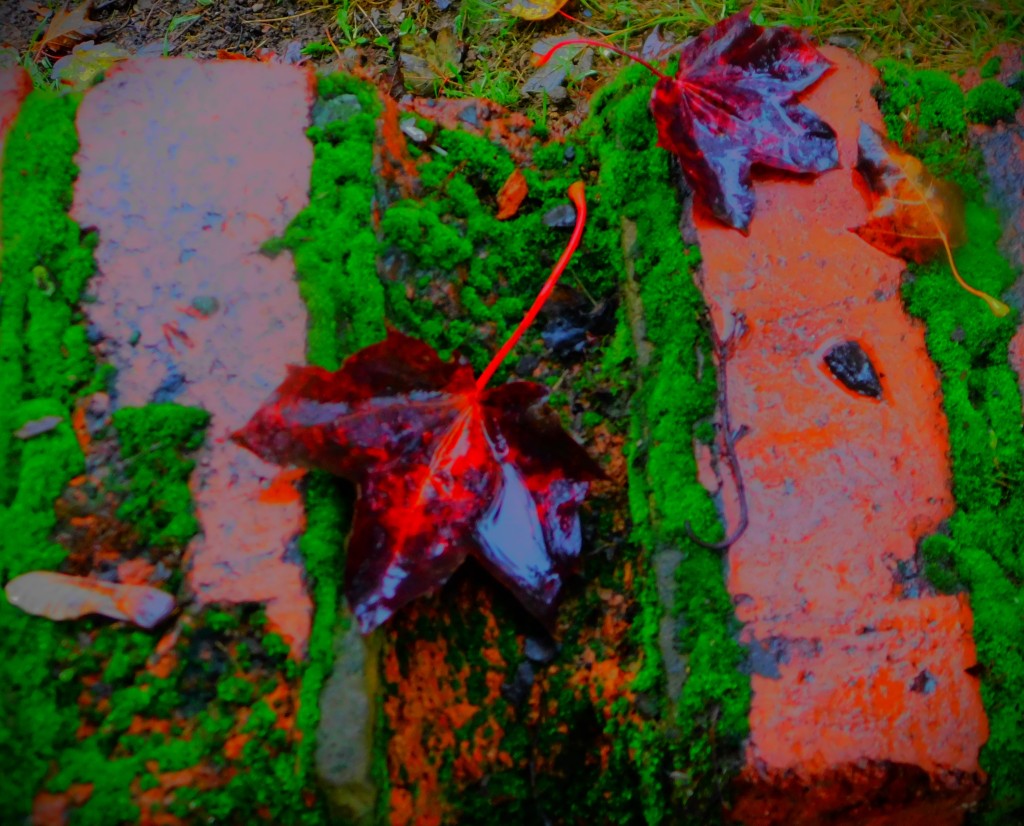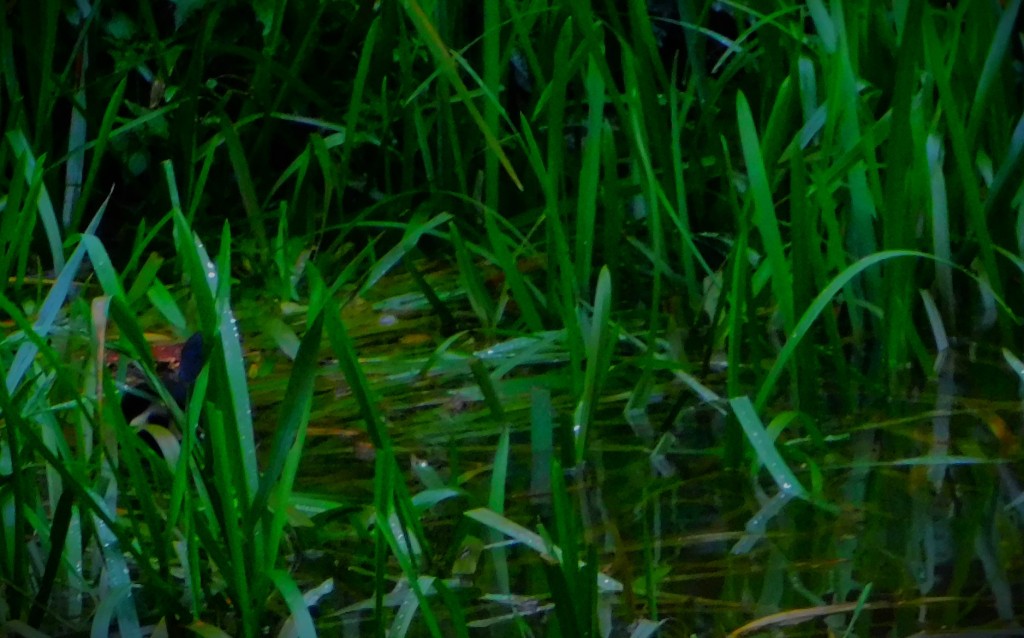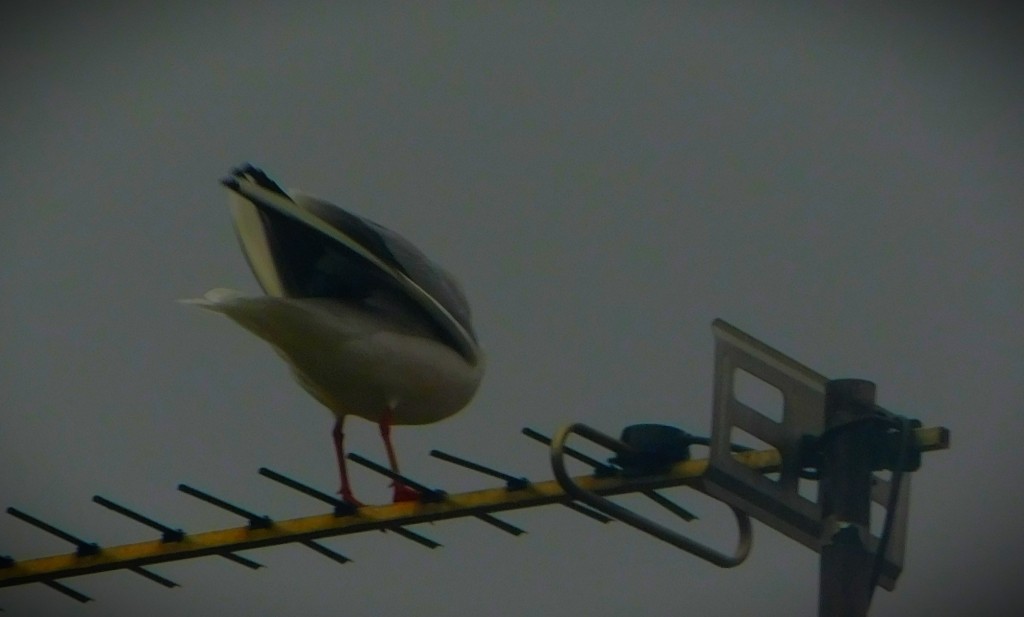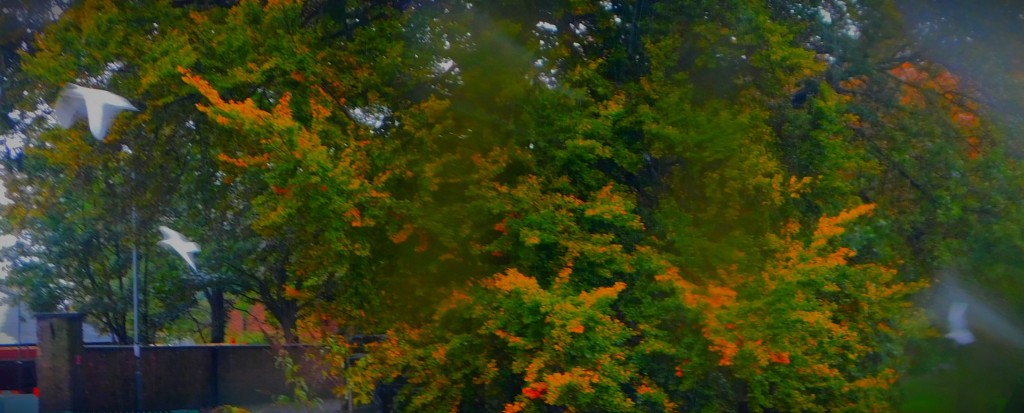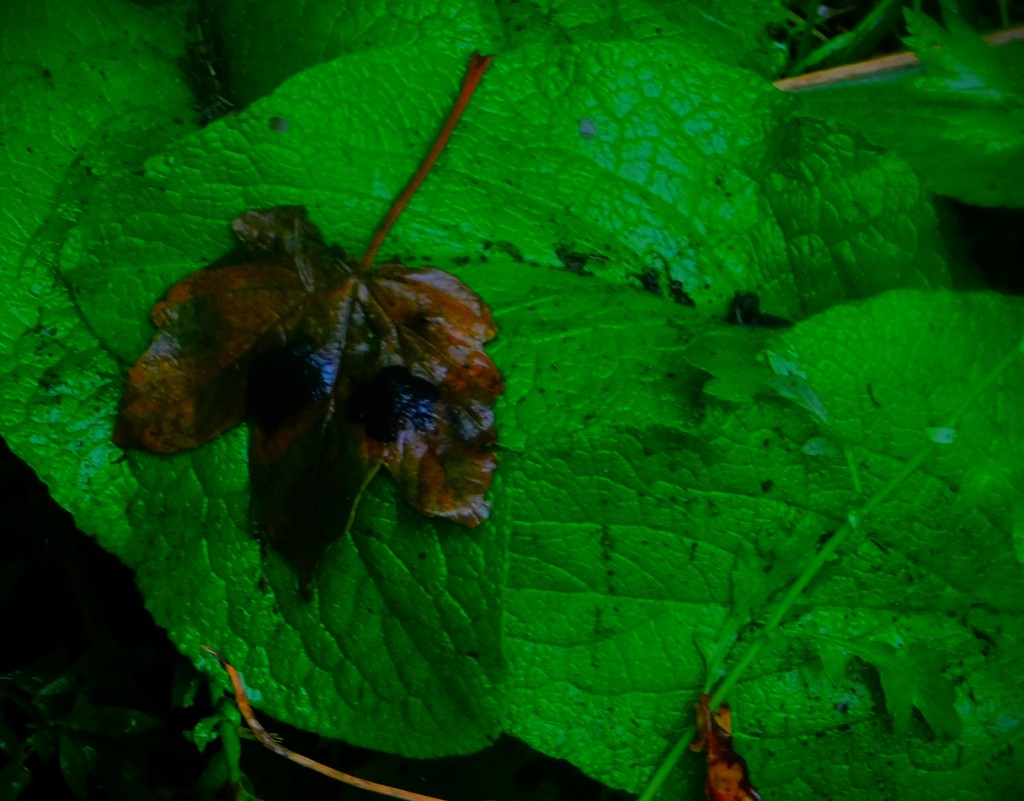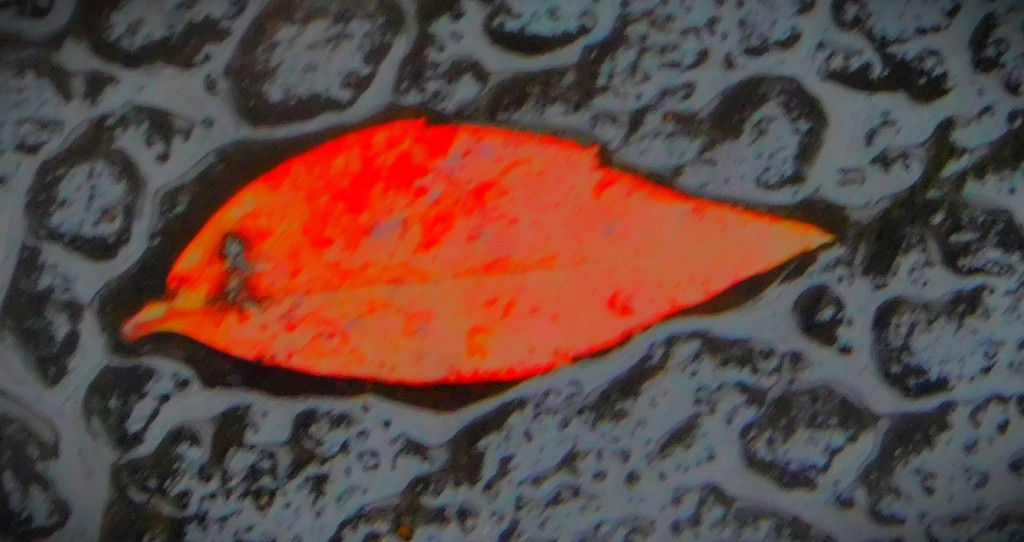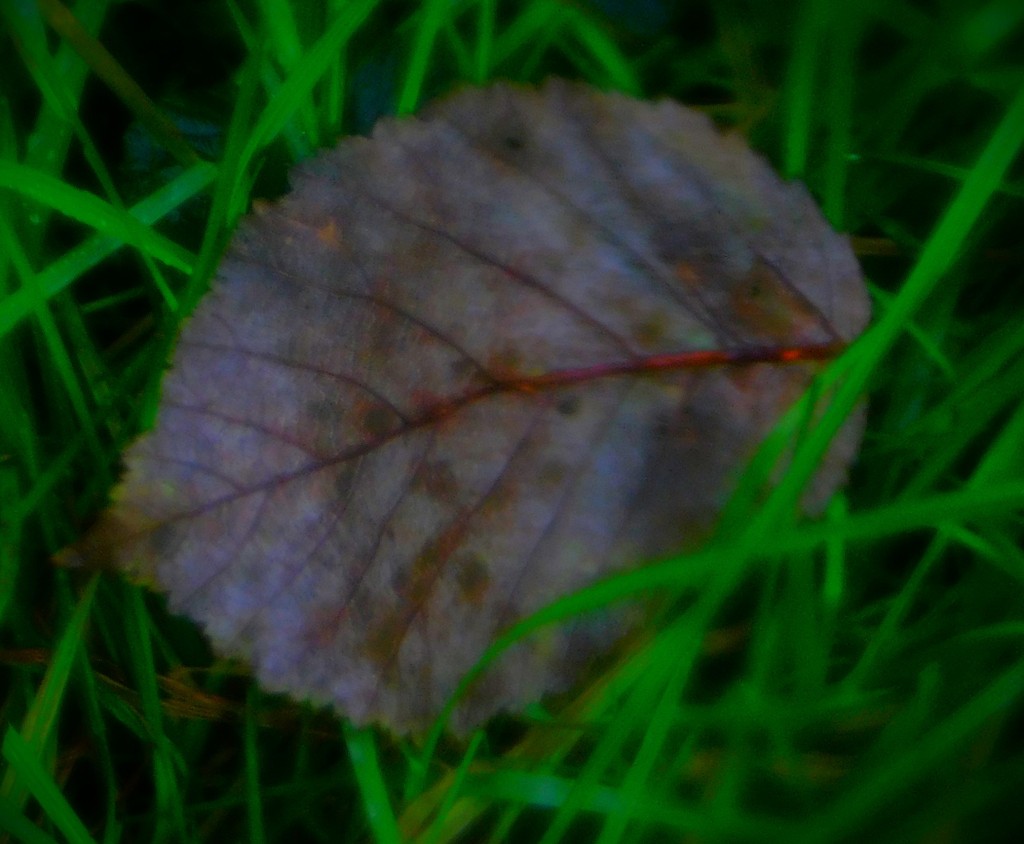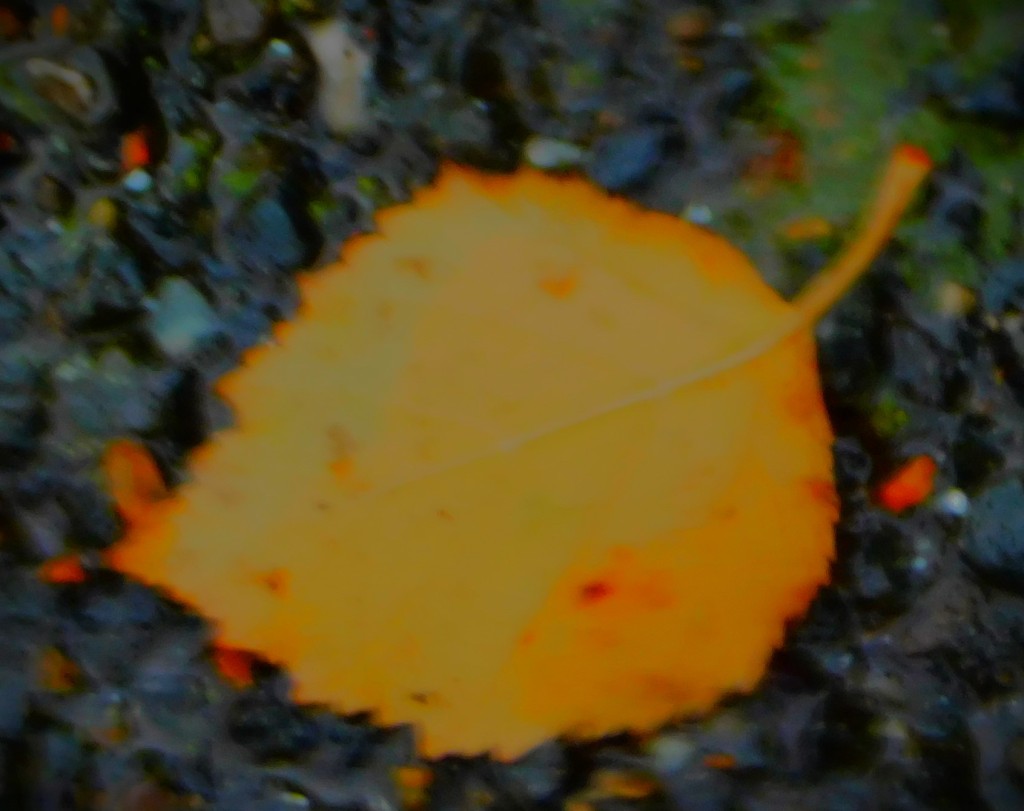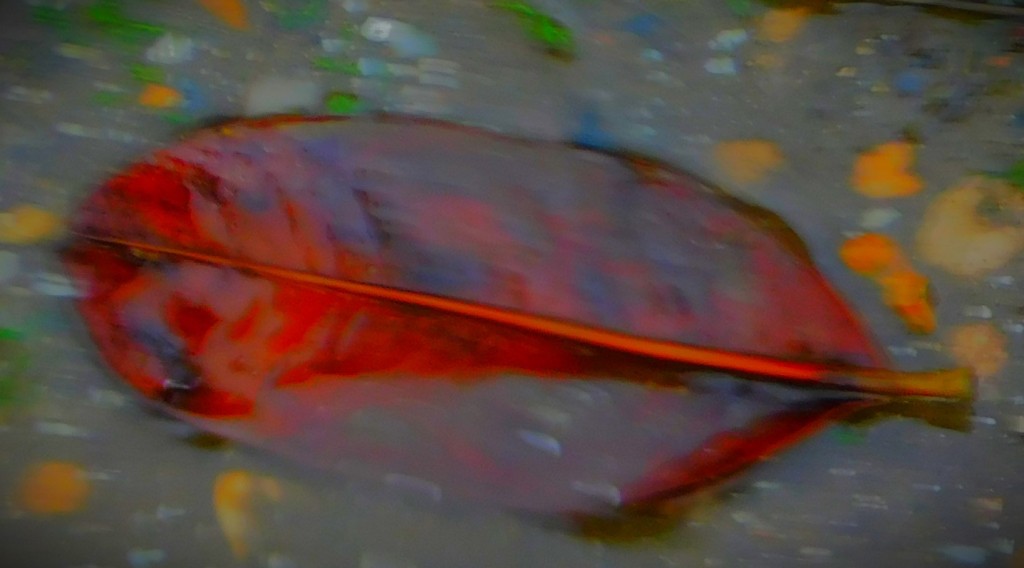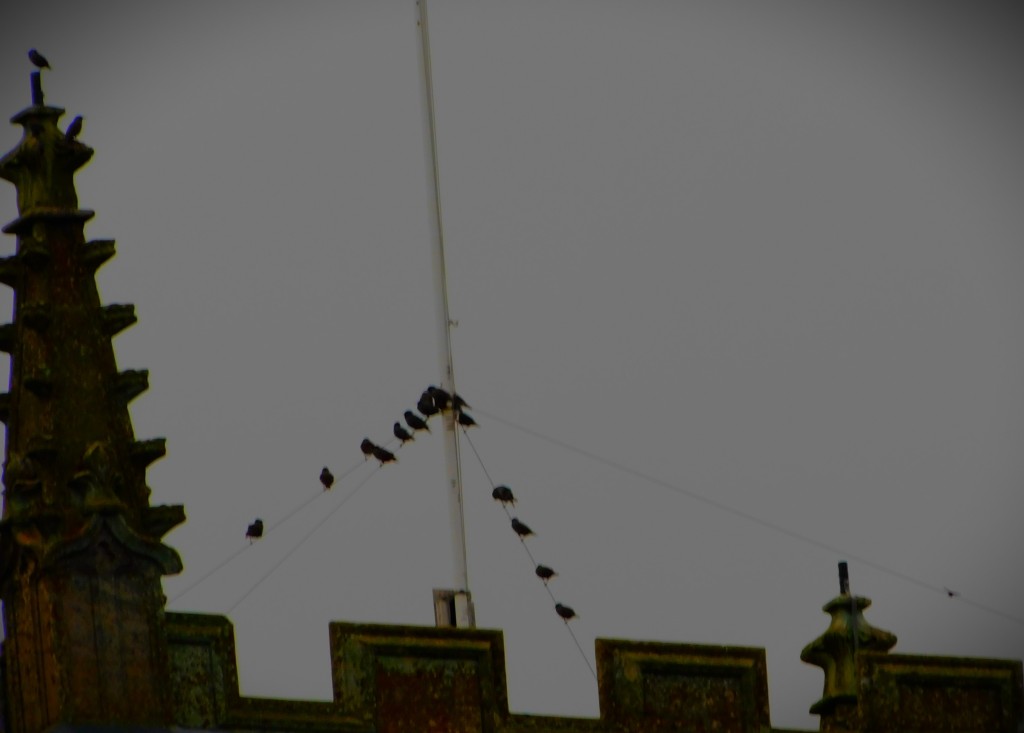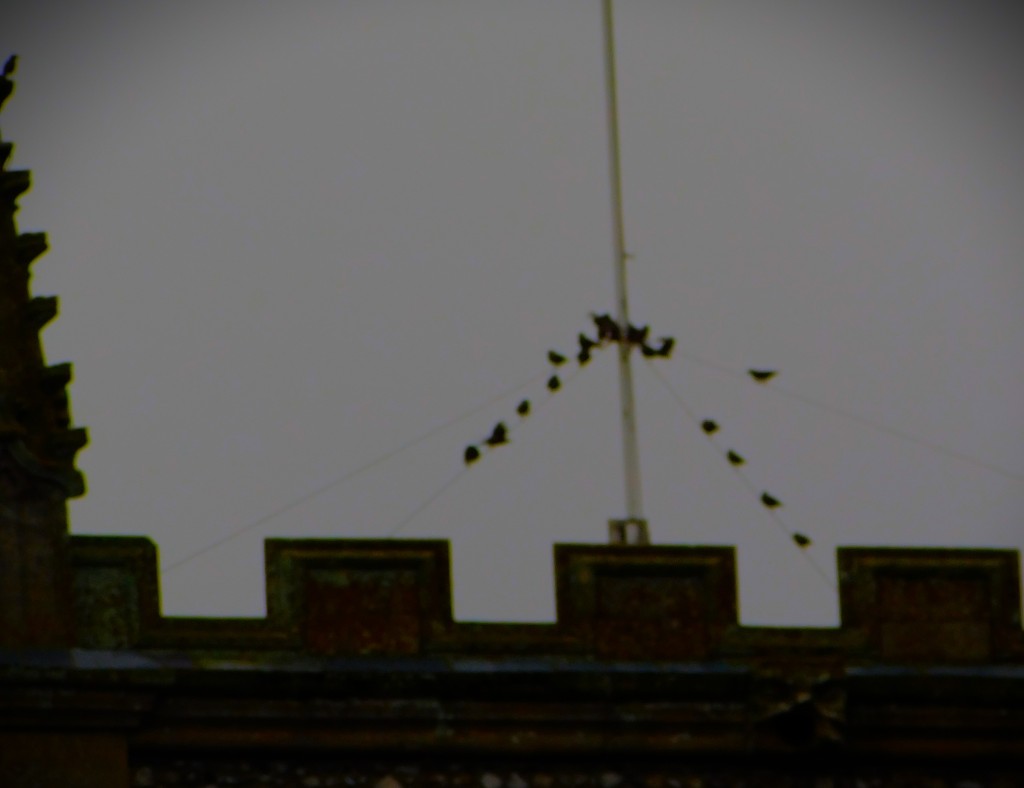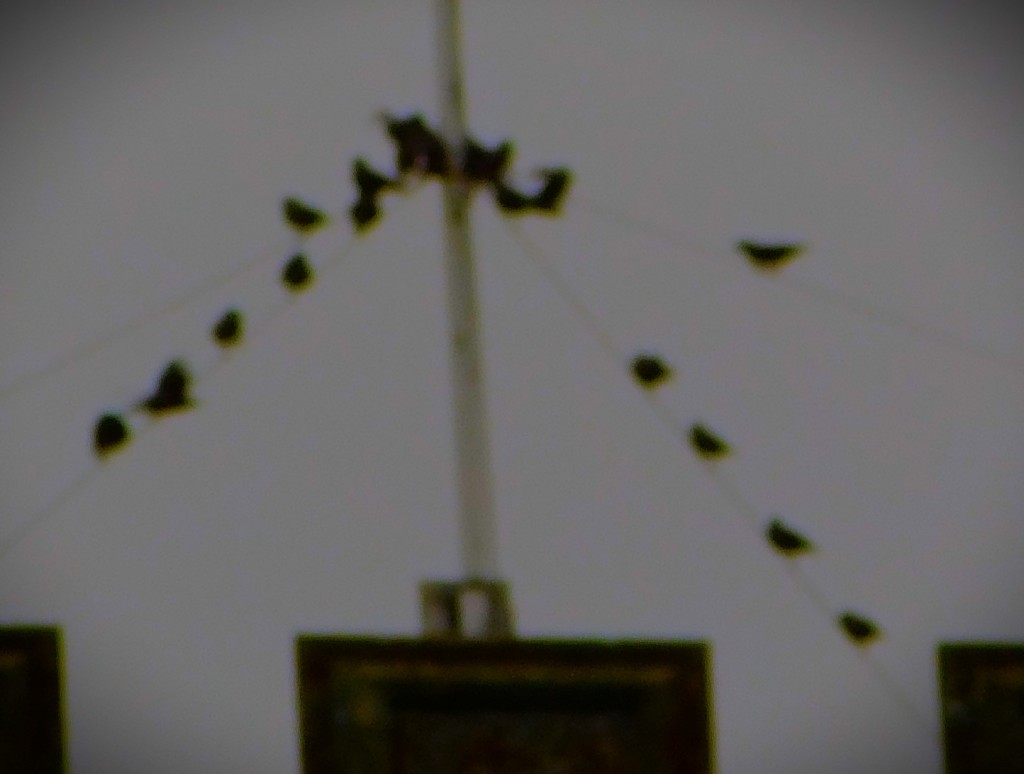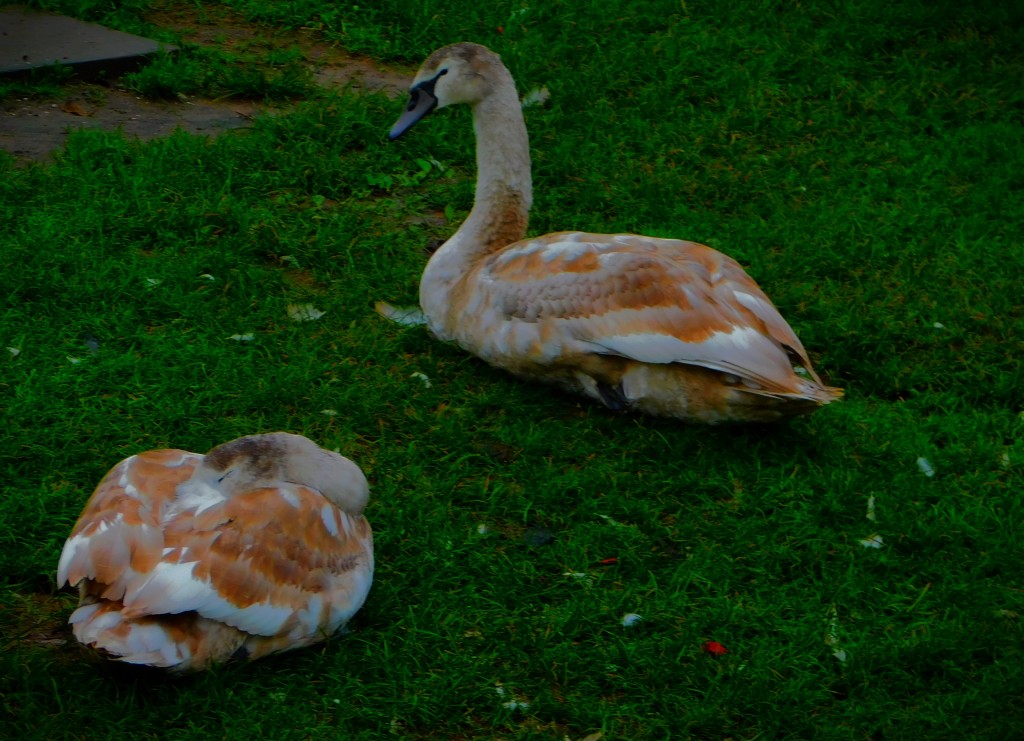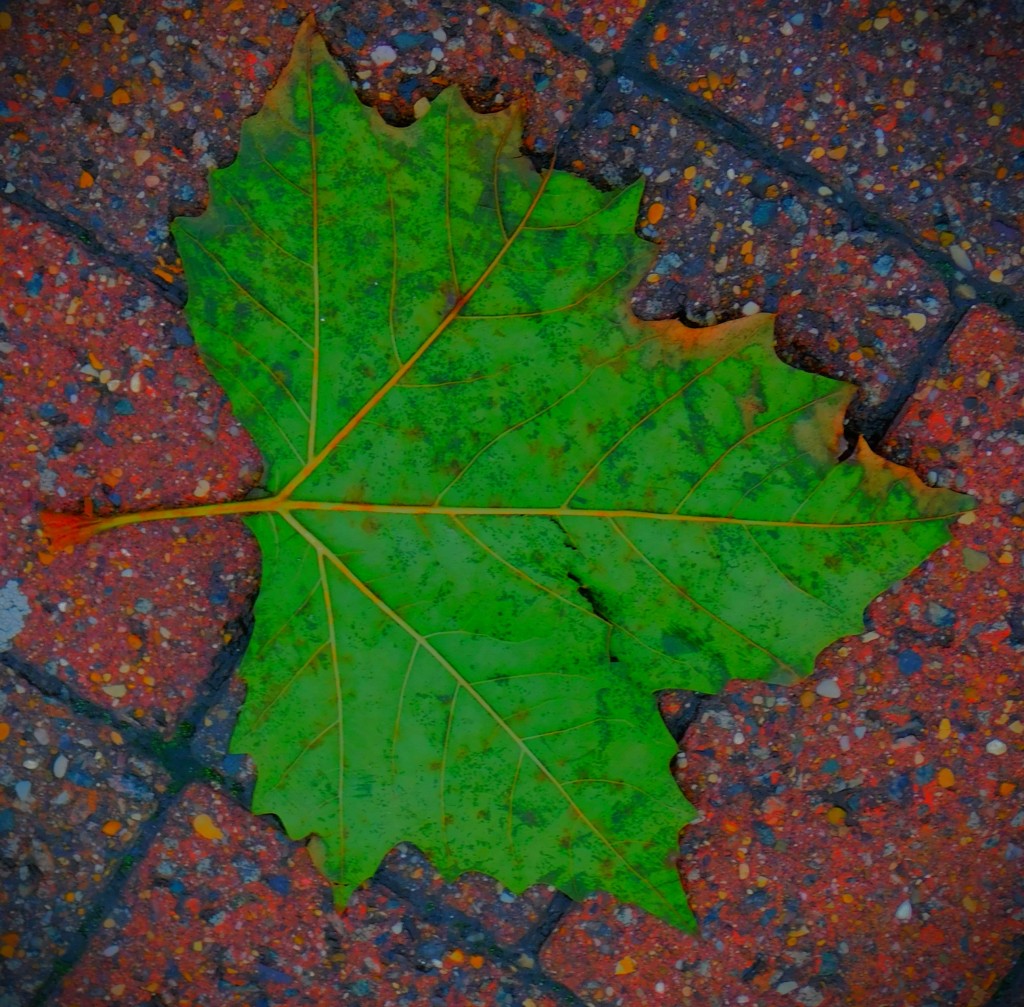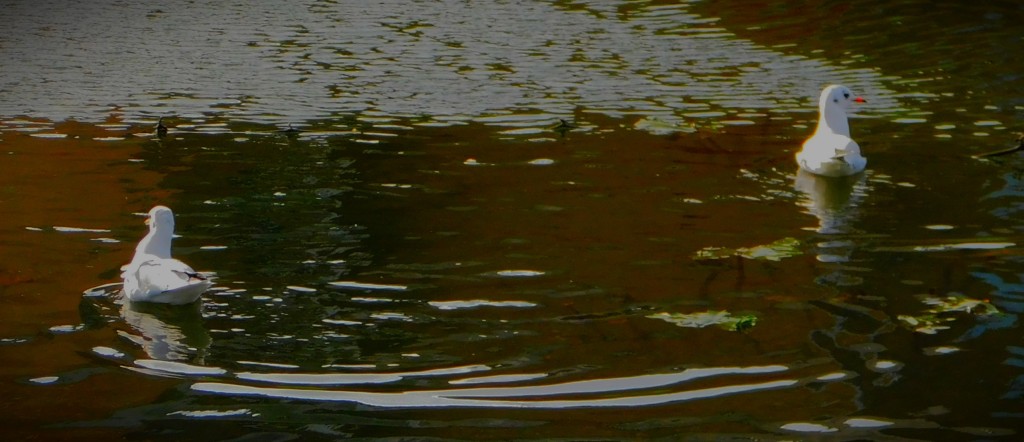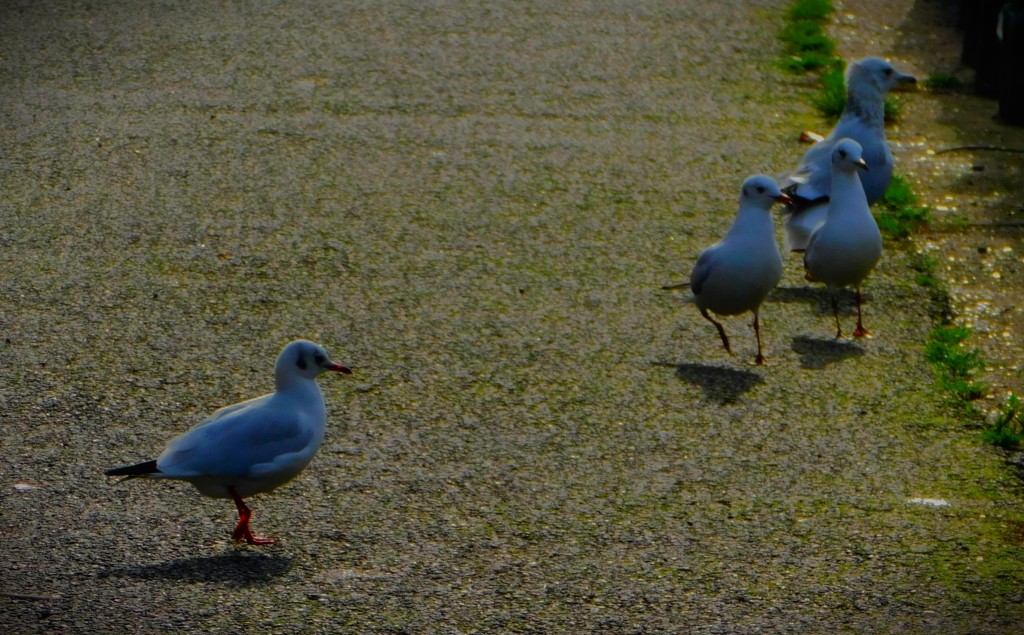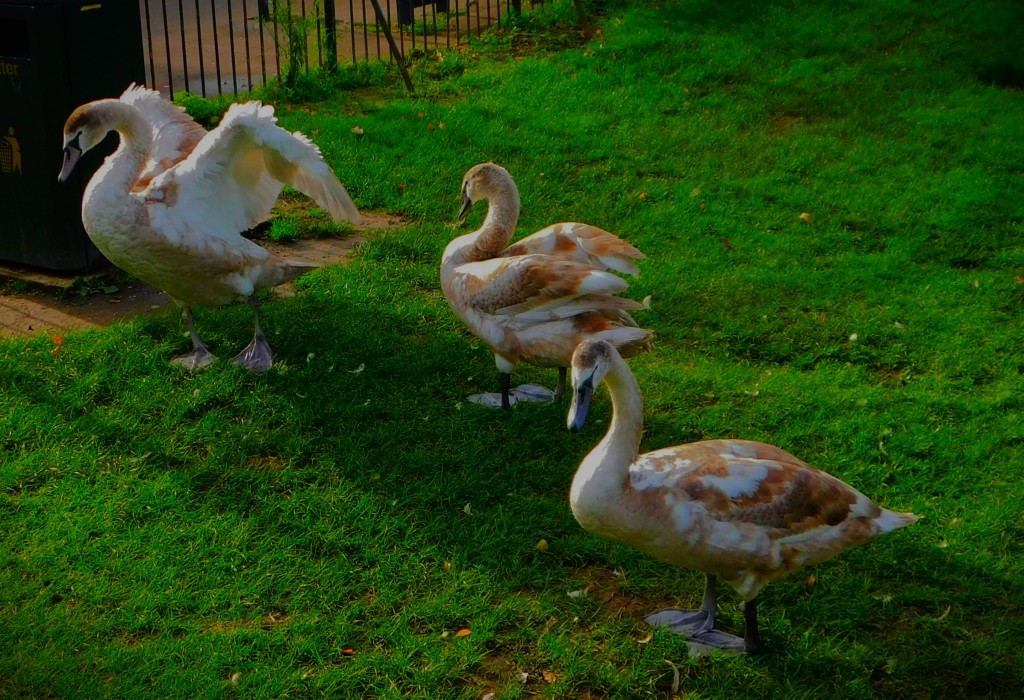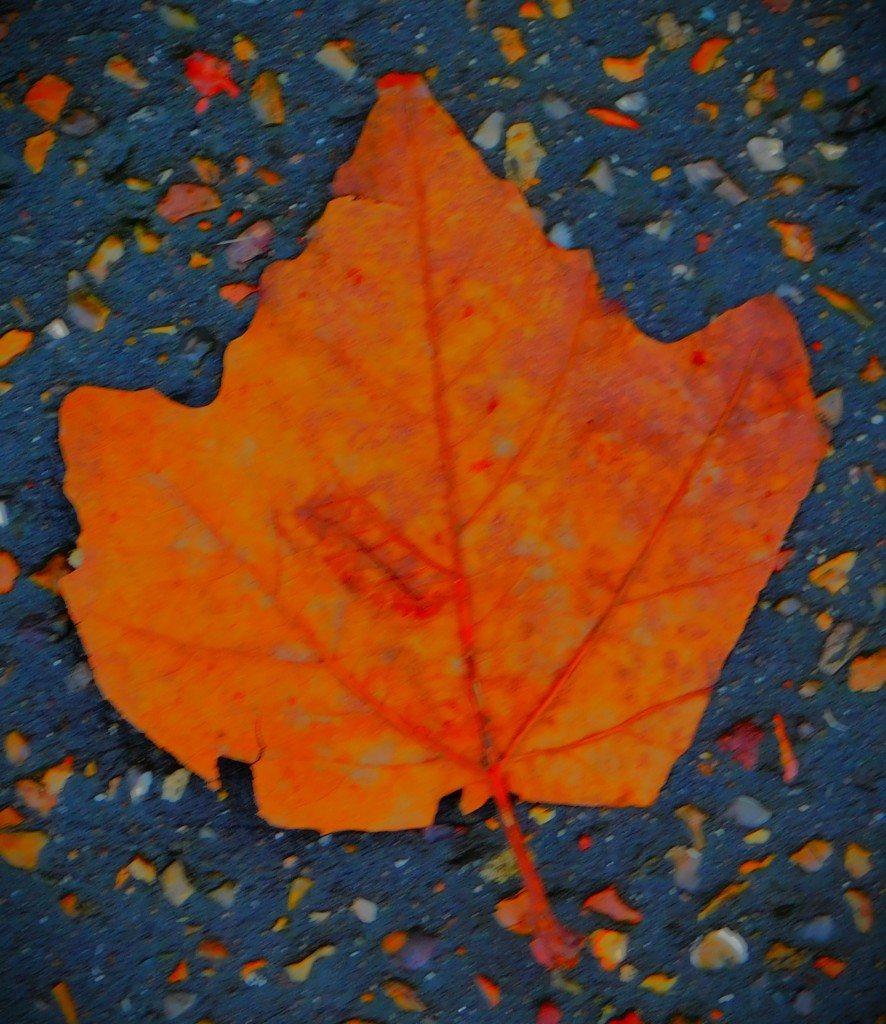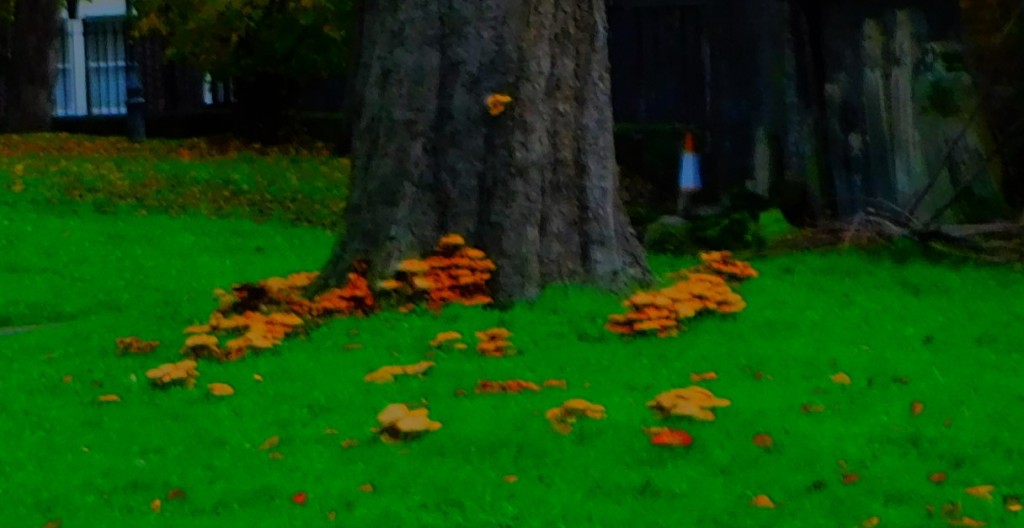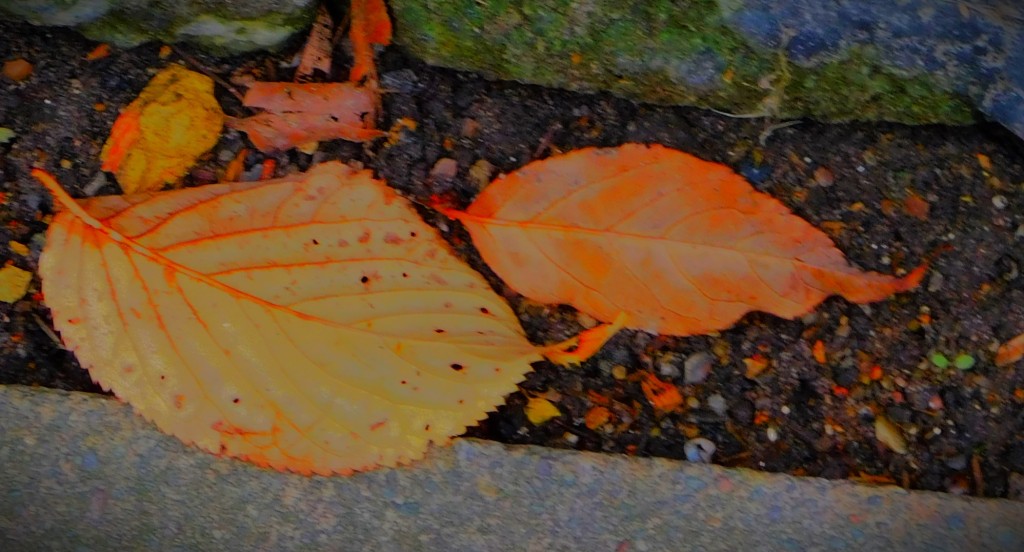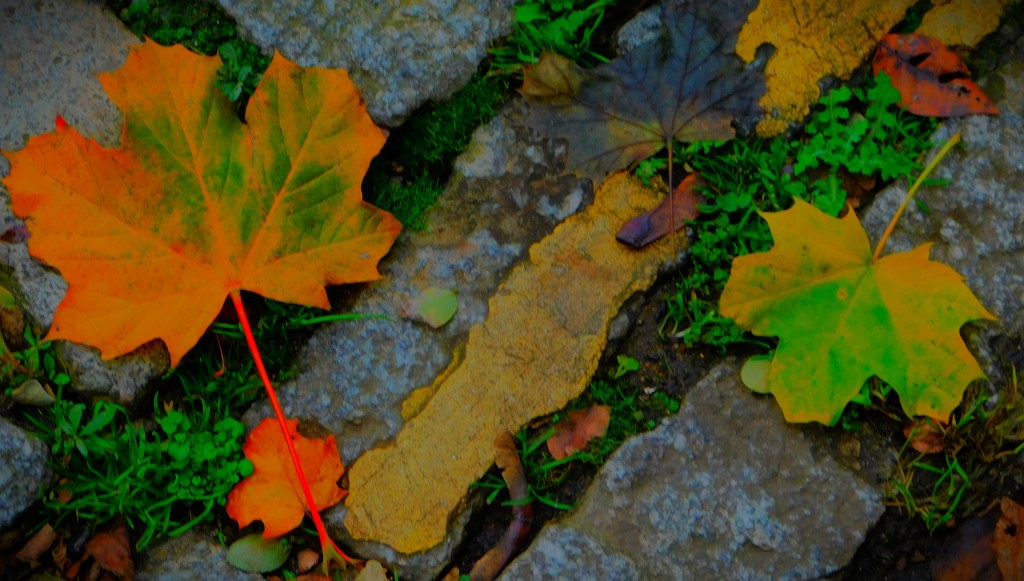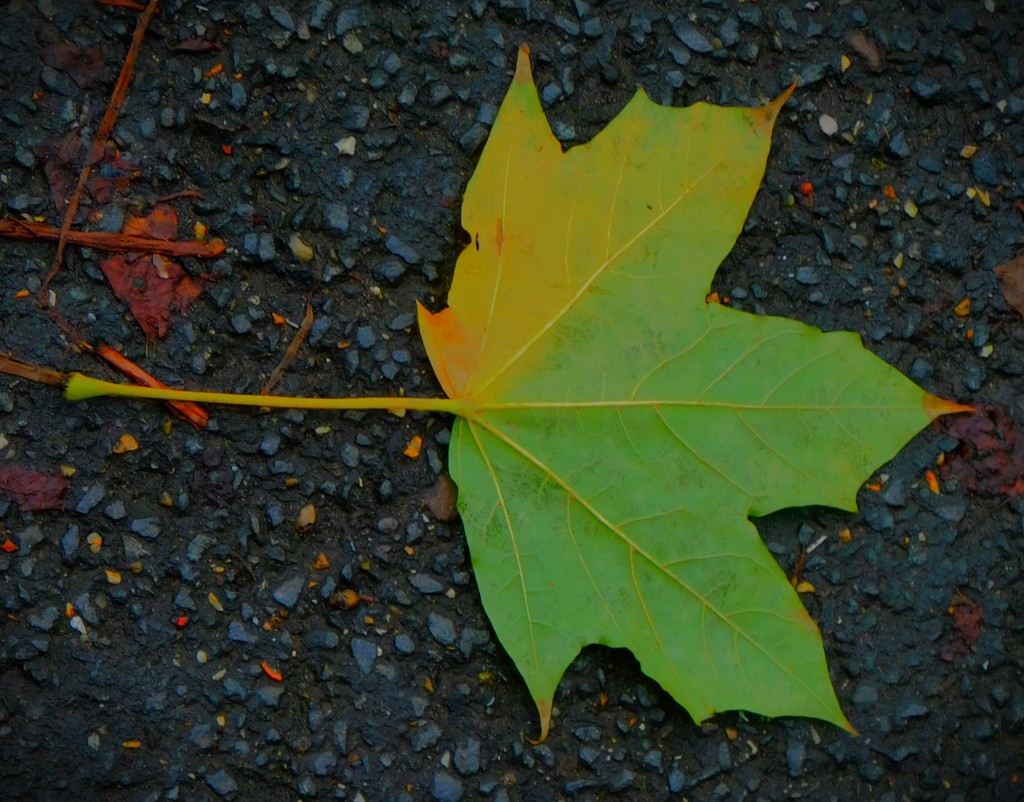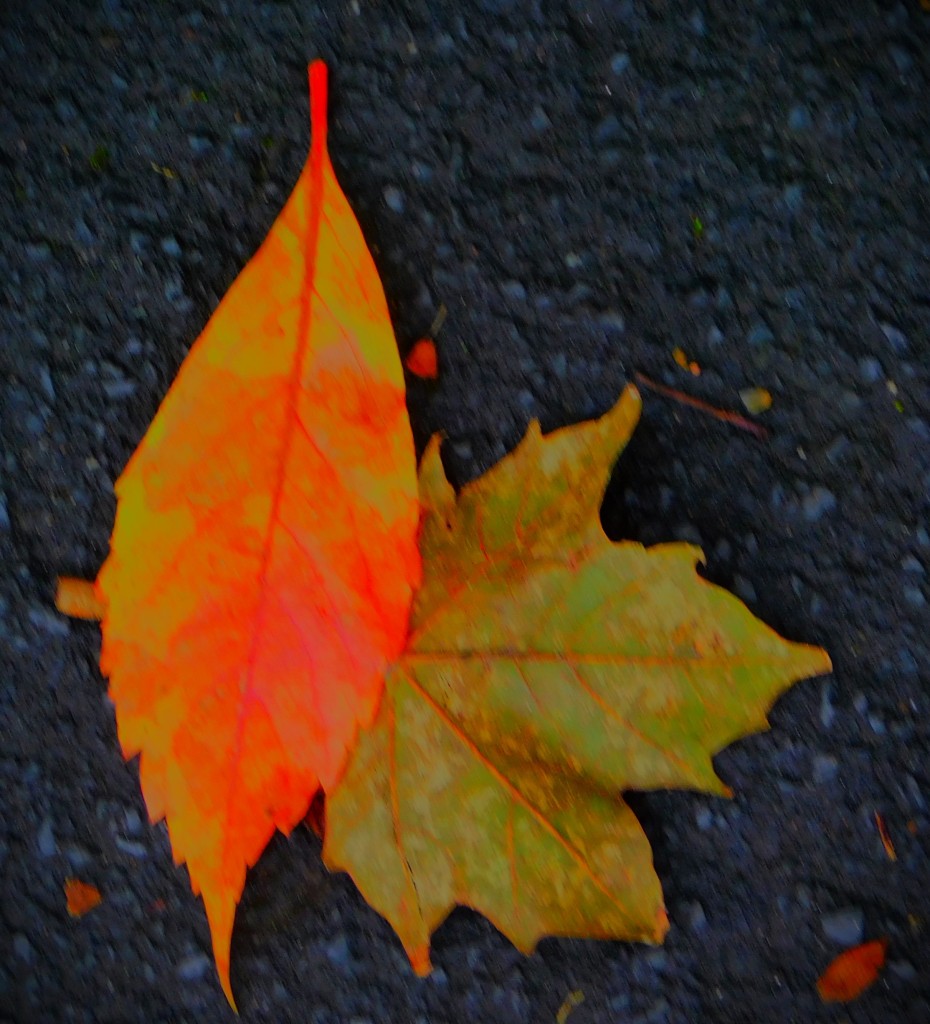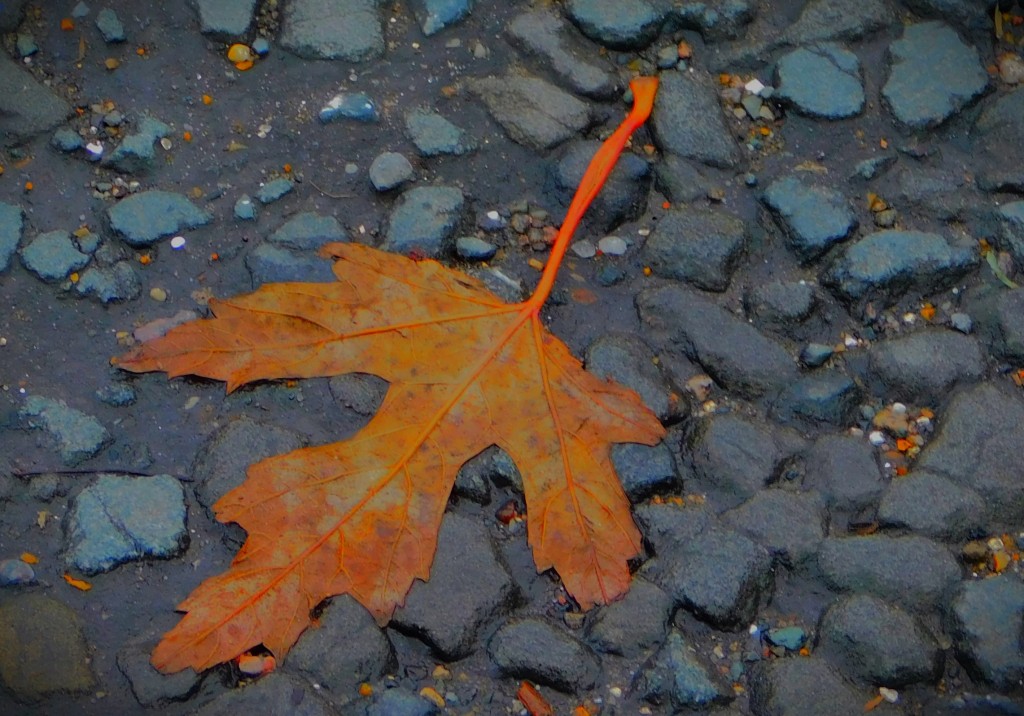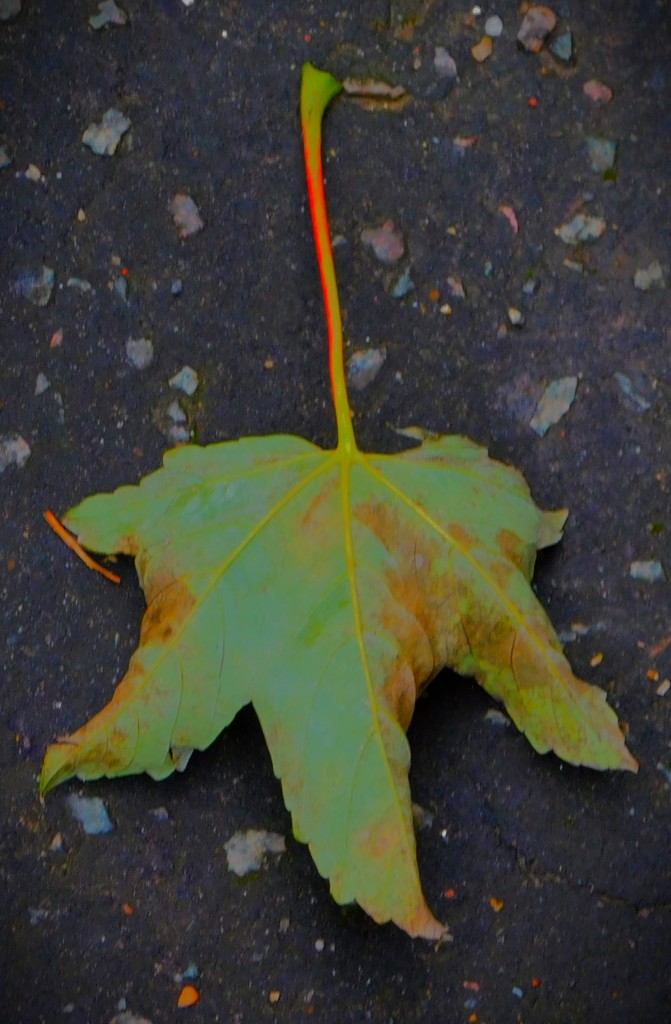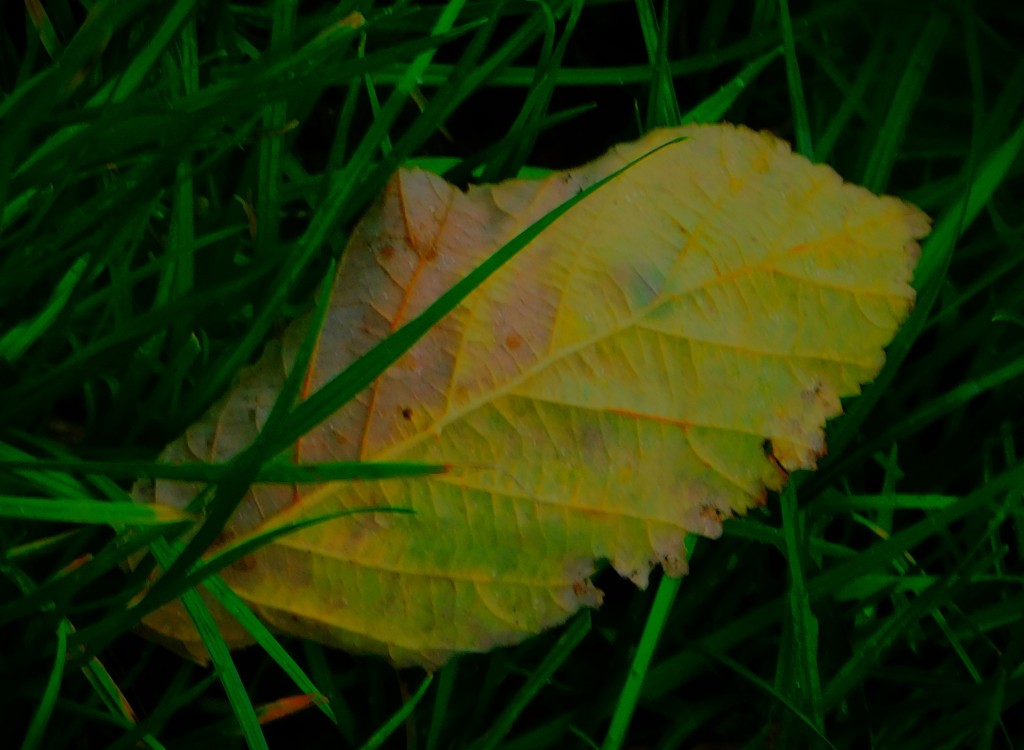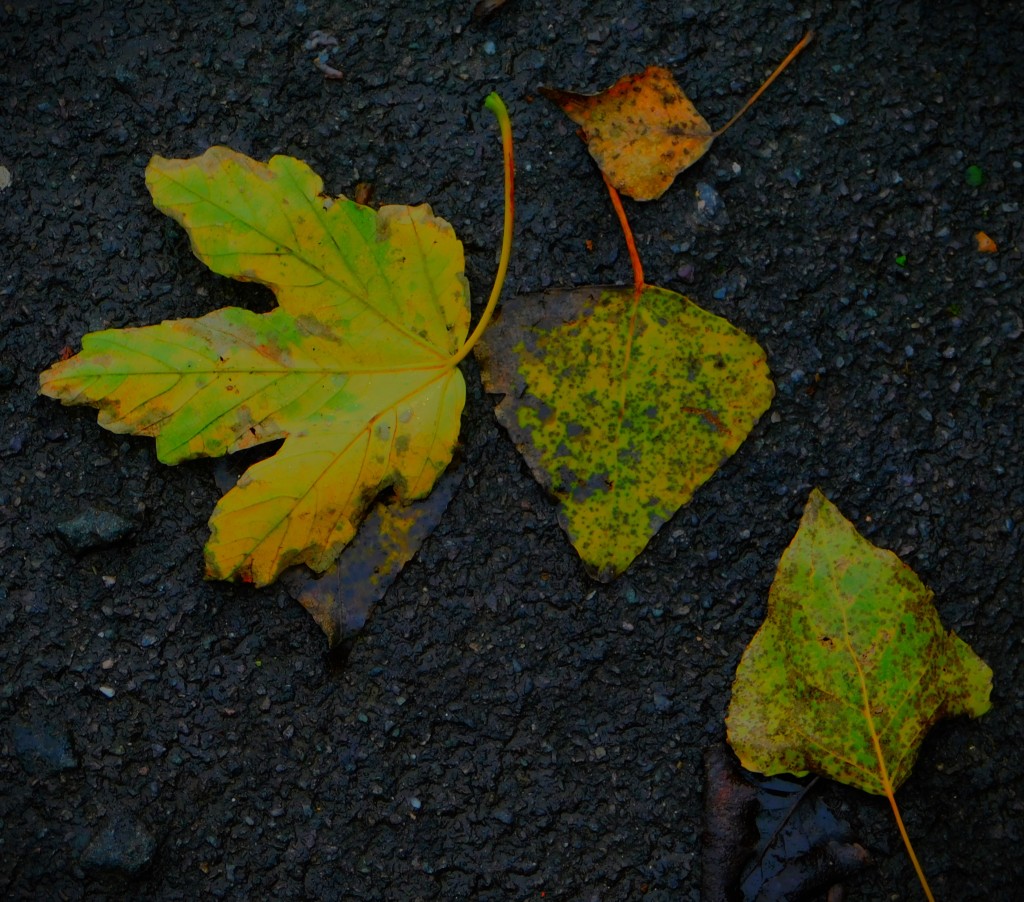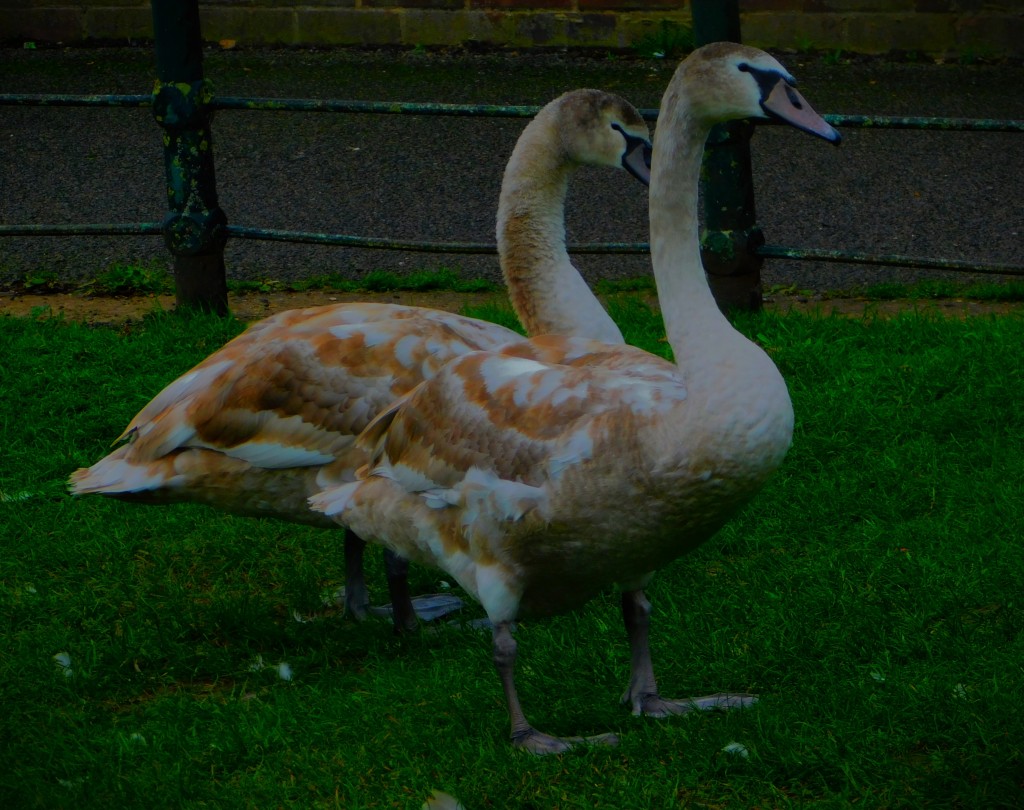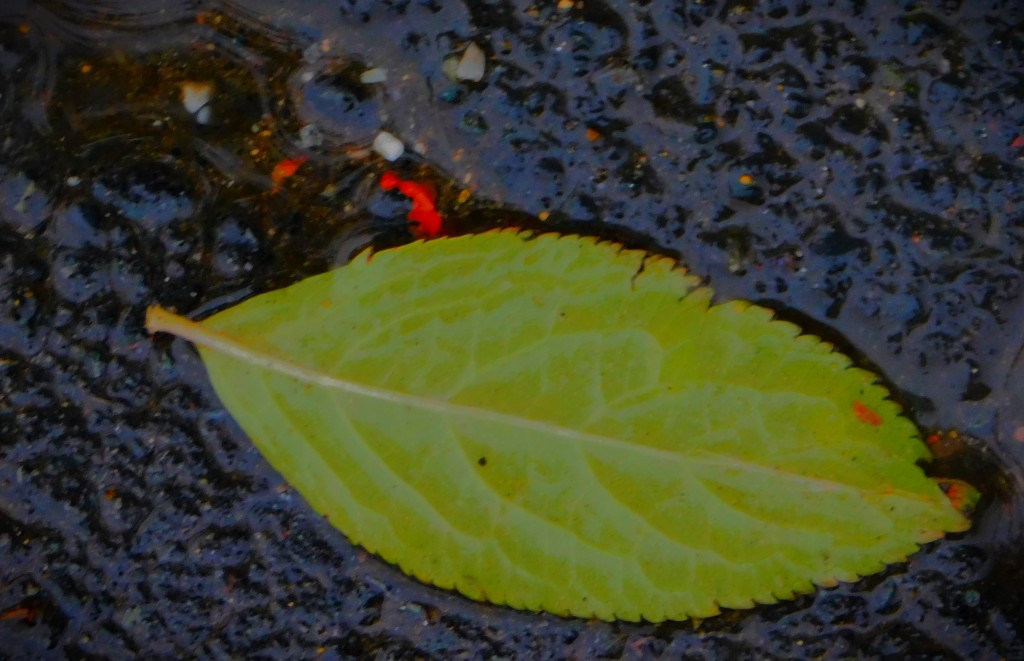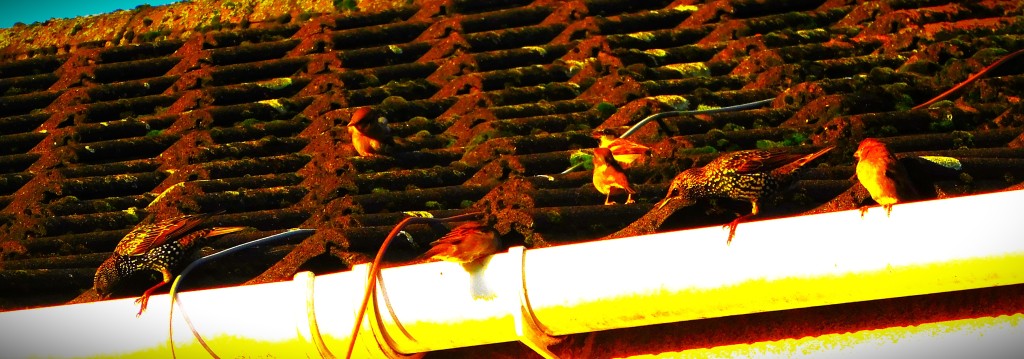Today’s match at the 2023 ODI Cricket World Cup saw New Zealand face South Africa. This post looks back at the match and at the ramifications of today’s result.
THE PRELIMINARIES
New Zealand skipper Tom Latham won the toss, which was probably the last thing that went right for his side on the day. South Africa had batted first four times this tournament and never scored below 300 on any of those occasions, New Zealand are not a stellar chasing side. Yet, for some reason unknown to anyone other than himself Latham decided to put South Africa in to bat.
THE SOUTH AFRICA INNINGS
When Temba Bavuma was out fairly early, with just 38 runs on the board things weren’t looking all that bad for New Zealand. However, the second wicket stand between Quinton de Kock and Rassie van der Dussen illustrated precisely why putting the Proteas in is a poor idea. They got themselves in, and gradually increased the tempo as the danger of a sudden crash of wickets faded. After 35 overs the score was 194-1, and while some were criticising the SA second wicket pair for not having upped the rate enough by then, I tweeted at that point that they were well placed, and that a total of significantly above 300 looked more likely than not and that 350 couldn’t be ruled out. Quinton de Kock completed his fourth century of this world cup, joint second most for a single edition ever behind the five Rohit Sharma scored in 2019, and in the process became the first South African to score 500 runs in a single edition of the tournament, putting the all comers record, Sachin Tendulkar’s 673, in severe danger of being broken. Rassie van der Dussen opened out after a sedate start and moved his own rate to better than a run a ball, as he too completed a century. It was de Kock who was second out, ending a stand of exactly 200. David Miller came in at number four, and when van der Dussen was third out with only 17 balls left in the innings Heinrich Klaasen joined the fray. Miller was out to the second last ball of the innings for 53 (30) to make it 351-4, and Aiden Markram came out to face one ball, which he despatched for six giving South Africa a final score of 357-4. 163 of those came in the last 15 overs and 119 in the last ten as South Africa once again demonstrated their ability to butcher opposition attacks in the closing stages of an innings. They were helped by a hamstring injury to Matt Henry, but the heaviest blow to Kiwi hopes had happened at the toss with that awful decision by Latham.
My tweet at the 35 over mark (a reply to Lawrence Bailey):
https://x.com/aspitweets/status/1719672685507105159?s=20
THE NEW ZEALAND REPLY
New Zealand faced a daunting task, and it only got more daunting as the innings progressed. Wickets fell with remorseless regularity, run scoring was difficult at all times, and there was little prospect at any stage of a successful chase. New Zealand lost their ninth wicket at 133, still 224 runs adrift, and the injured Matt Henry came in to bat in a desperate effort to mitigate the hammering their net RR was taking. Some good blows from Glenn Phillips reduced the margin to below 200, but with the score at 170 he took one chance too many and offered up a straightforward catch, which ended the match with a margin of 184 runs. Keshav Maharaj claimed four wickets with his left arm spin, Marco Jansen three with his left arm pace, Gerald Coetzee two and Kagiso Rabada one, leaving Lungi Ngidi wicketless. Rassie van der Dussen was named Player of the Match for his 133. A full scorecard can be viewed here.
RAMIFICATIONS OF THIS RESULT
This is New Zealand’s third straight defeat, and opens the way for Afghanistan or Pakistan to displace them from the semi-finals. Afghanistan have played a game fewer than either New Zealand or Pakistan, and their next match is against the Netherlands, which they would regard as a major opportunity. Their other two group games are against South Africa and Australia, with the former requiring that they bat first and then bowl well in defence of whatever they manage to post, and the latter almost certainly against a side who will have guaranteed qualification by then and therefore probably easier than if they met them earlier in the tournament. Pakistan still have New Zealand to play, a huge game in the context of developments in the tournament so far, and their other remaining game is a more or less guaranteed two points against the demoralized, disorganized rabble masquerading as “England”.
PHOTOGRAPHS
My usual sign off…


